Home>Furniture & Design>Bathroom Accessories>Why Does My Cat Rub His Face On Our Toilet Brush
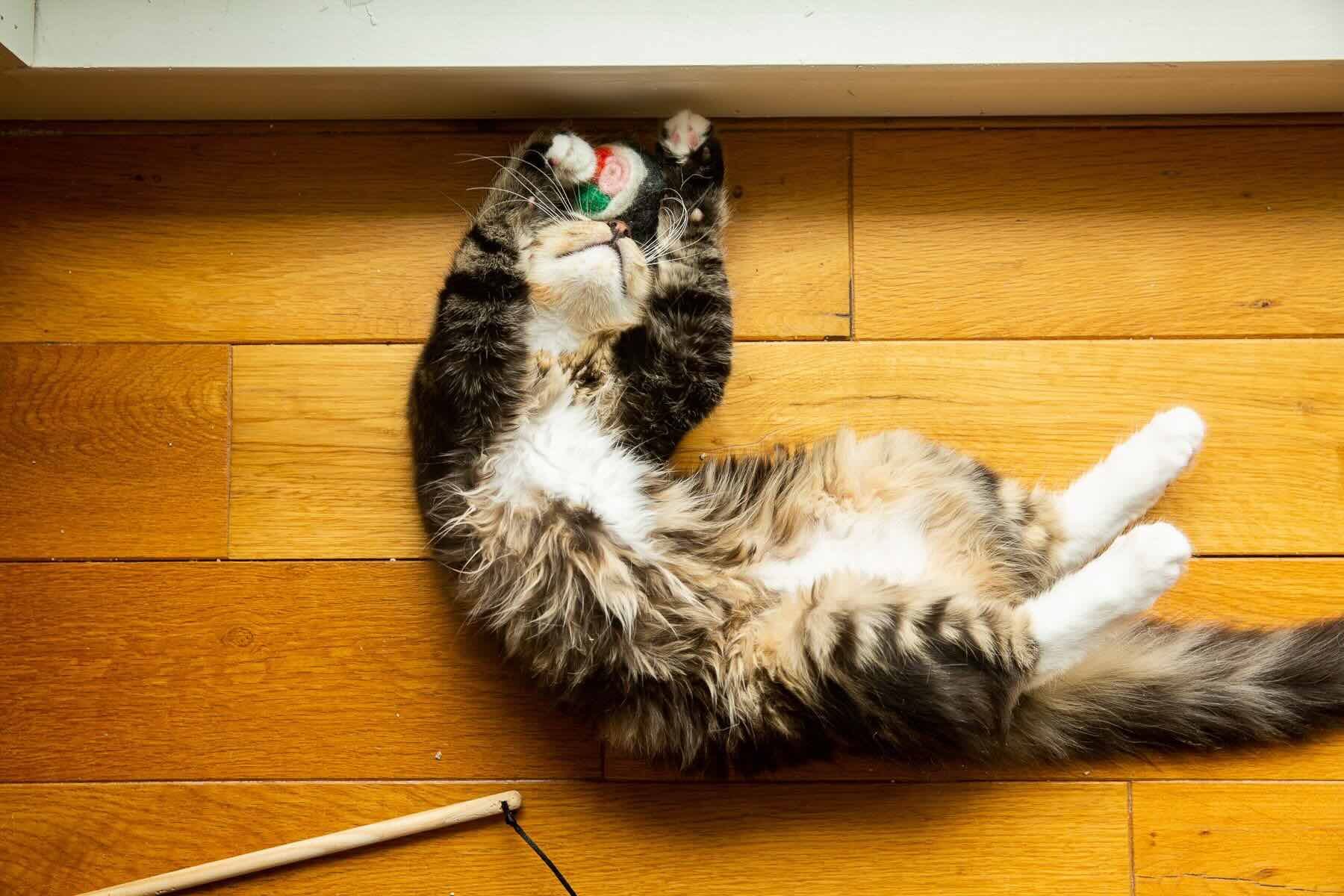

Bathroom Accessories
Why Does My Cat Rub His Face On Our Toilet Brush
Published: February 12, 2024
Discover why your cat rubs his face on bathroom accessories like the toilet brush. Learn about this common behavior and how to manage it. Keep your bathroom and your cat happy!
(Many of the links in this article redirect to a specific reviewed product. Your purchase of these products through affiliate links helps to generate commission for Storables.com, at no extra cost. Learn more)
Introduction
Cats are fascinating creatures with a myriad of behaviors that often leave their human companions puzzled. One such behavior that may raise eyebrows is when a cat rubs its face on a toilet brush. While this action may seem peculiar or even unsanitary to us, it is essential to understand that cats have their own unique ways of communicating and interacting with their environment. In this article, we will delve into the intriguing world of feline behavior to uncover the reasons behind this seemingly odd conduct. By gaining insight into the motivations driving a cat to engage in such behavior, we can better comprehend our feline friends and foster a harmonious coexistence. So, let's embark on this enlightening journey to unravel the mystery of why cats exhibit this particular behavior.
Key Takeaways:
- Cats rub their faces on objects like toilet brushes to mark their territory, seek comfort, and gather information about their environment. It’s their way of communicating and feeling secure.
- To redirect this behavior, provide alternative objects for cats to rub against, enrich their environment with toys and climbing spaces, and positively reinforce appropriate behaviors. Limit access to unsuitable objects like toilet brushes.
Read more: Why Is My Dog Rubbing His Face On The Floor
Understanding Cat Behavior
Cats are enigmatic creatures, often displaying behaviors that may seem perplexing to their human companions. To comprehend why a cat rubs its face on a toilet brush, it is crucial to delve into the intricacies of feline behavior. Understanding a cat's behavior requires a glimpse into their evolutionary history and innate instincts.
Cats are inherently territorial animals, and they rely heavily on scent marking to establish and maintain their territories. This behavior stems from their wild ancestors, who used scent marking as a means of communication and territory delineation. By leaving their scent on various objects and surfaces, cats convey vital information to other felines in their vicinity.
Furthermore, cats possess scent glands located on their cheeks, chin, and forehead. When a cat rubs its face against an object, it is depositing its unique scent from these glands. This action serves as a form of communication, allowing the cat to mark the object with its scent, thereby claiming it as part of its territory.
In addition to territorial marking, face rubbing also serves as a means of self-soothing and comfort for cats. The act of rubbing against objects can release endorphins, providing a calming effect for the feline. This behavior is akin to a human seeking comfort by hugging a familiar object or person.
Moreover, face rubbing is a way for cats to gather information about their environment. By depositing their scent on various objects, cats create a familiar and reassuring environment for themselves. This behavior helps them feel secure and grounded in their surroundings.
Understanding these fundamental aspects of feline behavior sheds light on why a cat may exhibit the peculiar conduct of rubbing its face on a toilet brush. By recognizing the innate instincts and communication methods of cats, we can gain a deeper appreciation for their unique behaviors and foster a stronger bond with our feline companions.
The Significance of Scent Marking
Scent marking is a fundamental aspect of feline behavior, playing a pivotal role in how cats communicate and navigate their surroundings. This innate behavior is deeply rooted in a cat's evolutionary history and serves multiple crucial purposes in their daily lives.
First and foremost, scent marking is a primary method through which cats establish and delineate their territories. By depositing their unique scent on various objects and surfaces, cats effectively communicate ownership and territorial boundaries to other felines in the vicinity. This territorial marking serves as a form of non-verbal communication, allowing cats to convey vital information about their presence and territorial claims.
Moreover, scent marking plays a significant role in feline social dynamics. When multiple cats coexist in a shared environment, scent marking helps to establish a hierarchy and maintain social order. Dominant cats may engage in more frequent and assertive scent marking to assert their authority and mark their territory, while subordinate cats may exhibit more passive scent marking behaviors.
In addition to territorial and social communication, scent marking also serves as a means of self-soothing and comfort for cats. The act of depositing their scent on familiar objects and surfaces can have a calming effect on felines, providing them with a sense of security and familiarity in their environment. This behavior is akin to humans seeking comfort and reassurance from familiar scents or objects in times of stress or uncertainty.
Furthermore, scent marking allows cats to gather vital information about their surroundings. By leaving their scent on various objects, cats create a familiar and reassuring environment for themselves. This behavior helps them feel grounded and secure in their territory, enabling them to navigate their surroundings with confidence.
Understanding the significance of scent marking provides valuable insights into the intricate world of feline behavior. By recognizing the multifaceted roles that scent marking plays in a cat's life, we can better comprehend their actions and foster a deeper understanding of our feline companions.
Cats have scent glands on their face, so rubbing on objects like a toilet brush is a way for them to mark their territory and feel more secure in their environment. Providing a designated scratching post or toy can help redirect this behavior.
The Toilet Brush Connection
The seemingly perplexing behavior of a cat rubbing its face on a toilet brush can be attributed to the intricate interplay of feline instincts and environmental stimuli. From a feline perspective, the toilet brush presents an array of enticing olfactory and tactile stimuli that align with a cat's innate behaviors and sensory preferences.
First and foremost, the toilet brush serves as an object that holds a strong human scent, particularly from the act of cleaning the toilet. When a cat rubs its face on the bristles of the toilet brush, it is effectively mingling its own scent with the human scent present on the brush. This behavior can be interpreted as a form of scent mingling, where the cat seeks to integrate its own scent with that of its human companions. In doing so, the cat may be attempting to establish a sense of shared territory or ownership, bridging the olfactory gap between its own scent and the prevalent human scent in the household.
Furthermore, the texture of the bristles on the toilet brush may provide tactile stimulation for the cat. Cats are known for their affinity for rubbing against various surfaces to mark them with their scent, and the bristles of the toilet brush offer an ideal substrate for this behavior. The act of rubbing against the bristles may provide a satisfying tactile experience for the cat, allowing it to deposit its scent while experiencing a comforting sensation.
Additionally, the act of rubbing against the toilet brush may also serve as a means of seeking familiarity and security for the cat. By depositing its scent on the brush, the cat transforms it into a familiar and reassuring object within its environment. This behavior aligns with the feline instinct of creating a comforting and secure territory through scent marking, enabling the cat to establish a sense of ownership and familiarity with the object.
In essence, the toilet brush connection can be attributed to a confluence of factors, including scent mingling, tactile stimulation, and the instinctual drive for territorial marking and comfort-seeking behavior. By recognizing the multifaceted motivations underlying this behavior, we can gain a deeper understanding of the complex interplay between feline instincts and environmental stimuli, shedding light on the captivating world of feline behavior.
How to Redirect the Behavior
Redirecting a cat's behavior of rubbing its face on a toilet brush involves implementing strategies that address the underlying motivations driving this conduct. By understanding the innate instincts and sensory preferences of cats, we can effectively redirect their behavior towards more appropriate and desirable activities.
One effective approach to redirecting this behavior is to provide alternative objects for the cat to engage with. Introducing designated scratching posts, cat trees, or interactive toys can offer the cat suitable outlets for scent marking and tactile stimulation. By encouraging the cat to redirect its face-rubbing behavior towards these designated items, we can effectively channel its natural instincts in a more constructive manner.
Furthermore, incorporating environmental enrichment can play a pivotal role in redirecting the cat's behavior. Creating a stimulating and engaging environment for the cat, complete with interactive toys, puzzle feeders, and vertical spaces for climbing and exploration, can help fulfill the cat's sensory and behavioral needs. By enriching the cat's environment, we can mitigate the urge to engage in undesirable behaviors such as face rubbing on unconventional objects like a toilet brush.
Another essential aspect of redirecting the behavior involves positive reinforcement and encouragement. When the cat engages in appropriate scratching or scent marking behaviors on designated objects, offering praise, treats, or interactive play sessions can reinforce these desirable actions. By positively reinforcing alternative behaviors, we can effectively redirect the cat's focus and encourage the adoption of more suitable activities.
In addition to proactive measures, it is crucial to ensure that the toilet brush and other unsuitable objects are made less accessible to the cat. Storing the toilet brush in a closed cabinet or utilizing deterrents such as double-sided tape or citrus-scented sprays can discourage the cat from engaging in face rubbing on these items. By limiting access to unsuitable objects and redirecting the cat's attention towards more appropriate outlets, we can effectively modify its behavior.
By implementing these strategies and understanding the underlying motivations driving the behavior, we can redirect the cat's conduct in a positive and constructive manner. Through environmental enrichment, positive reinforcement, and the provision of suitable alternatives, we can foster a harmonious coexistence with our feline companions while addressing their natural instincts and behavioral needs.
Conclusion
In conclusion, the enigmatic behavior of a cat rubbing its face on a toilet brush can be attributed to a complex interplay of feline instincts, sensory preferences, and environmental stimuli. By delving into the intricate world of feline behavior, we have gained valuable insights into the motivations driving this peculiar conduct. From the innate drive for scent marking and territorial communication to the seeking of tactile stimulation and comfort, the behavior of face rubbing on unconventional objects such as a toilet brush reflects the multifaceted nature of feline instincts.
Understanding the significance of scent marking and the role it plays in a cat's communication and territorial behavior has provided a deeper appreciation for the intricate ways in which cats interact with their environment. The toilet brush connection serves as a compelling example of how cats navigate their surroundings and seek to establish a sense of ownership and familiarity through scent mingling and tactile stimulation.
Moreover, the strategies for redirecting this behavior have shed light on proactive approaches to addressing and modifying the conduct in a positive and constructive manner. By providing alternative outlets for scent marking, incorporating environmental enrichment, and utilizing positive reinforcement, we can effectively redirect the cat's focus and encourage the adoption of more suitable activities.
Ultimately, the behavior of a cat rubbing its face on a toilet brush underscores the captivating nature of feline behavior and the innate instincts that drive their actions. By gaining a deeper understanding of these behaviors and motivations, we can foster a harmonious coexistence with our feline companions while addressing their natural instincts and behavioral needs.
In unraveling the mystery of this peculiar behavior, we have embarked on a journey of discovery, gaining insights that not only enrich our understanding of feline behavior but also deepen our bond with our beloved feline friends. As we continue to explore the captivating world of cats, may we approach their behaviors with curiosity, empathy, and a profound appreciation for the unique ways in which they navigate and communicate within their environment.
Frequently Asked Questions about Why Does My Cat Rub His Face On Our Toilet Brush
Was this page helpful?
At Storables.com, we guarantee accurate and reliable information. Our content, validated by Expert Board Contributors, is crafted following stringent Editorial Policies. We're committed to providing you with well-researched, expert-backed insights for all your informational needs.
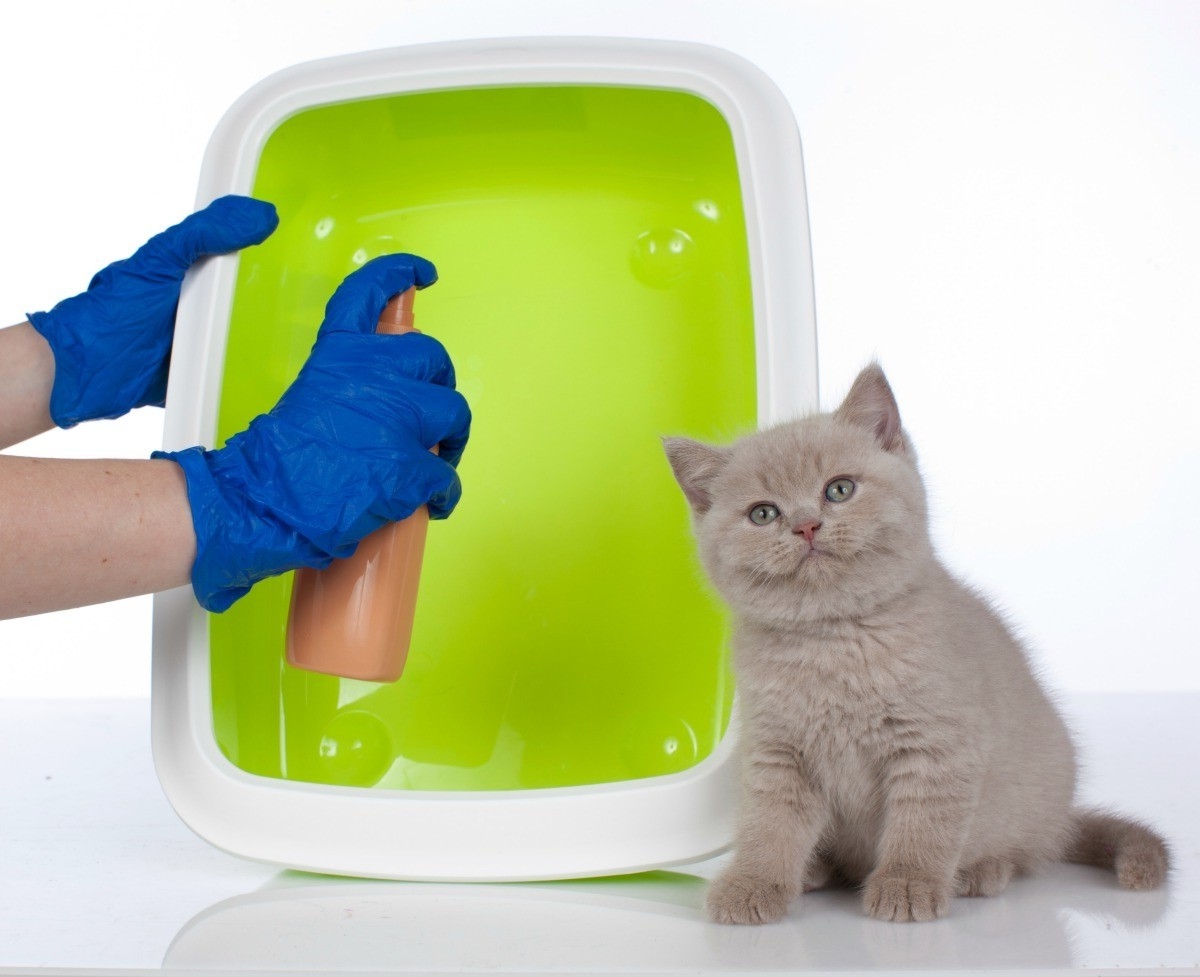
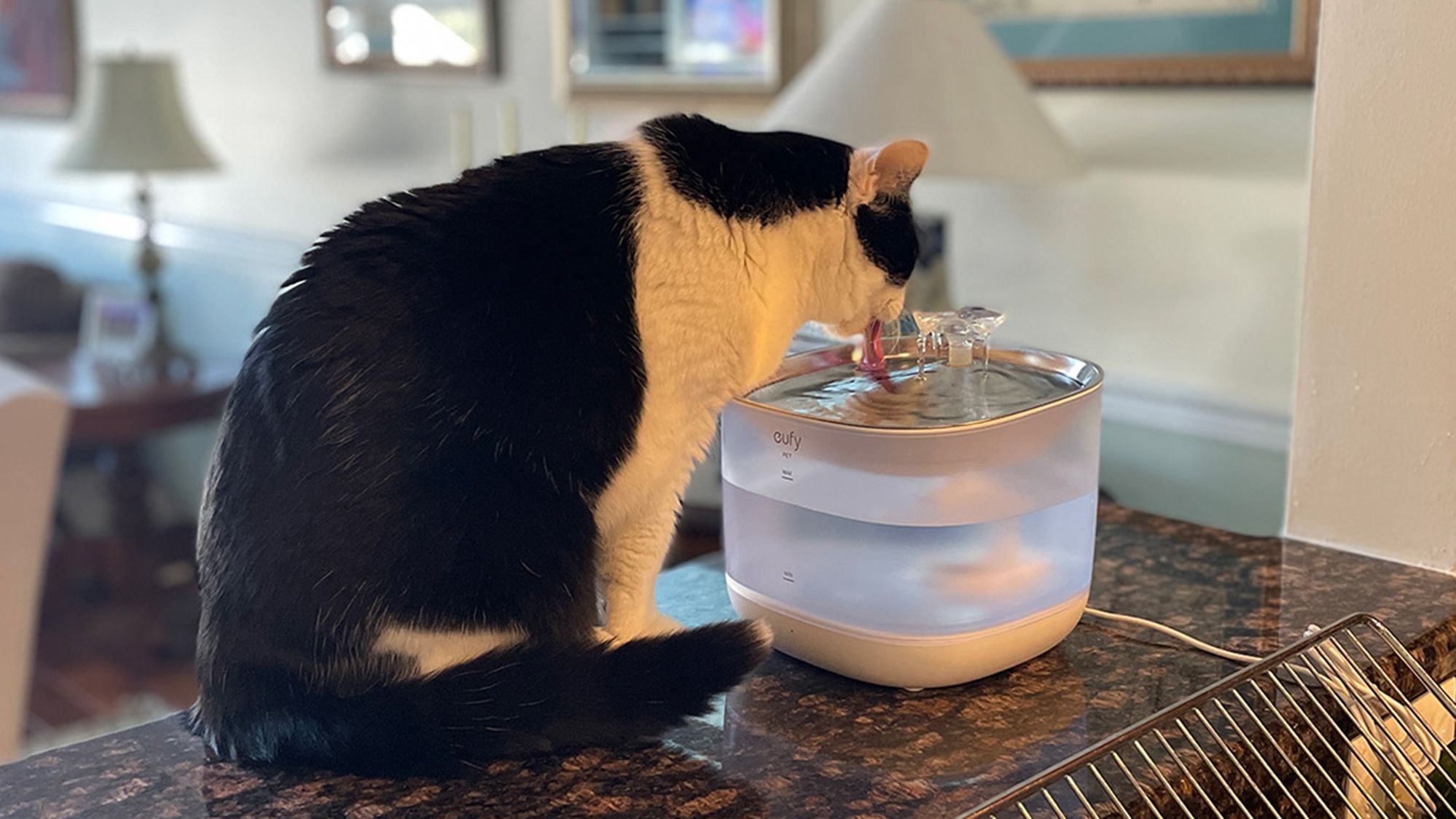
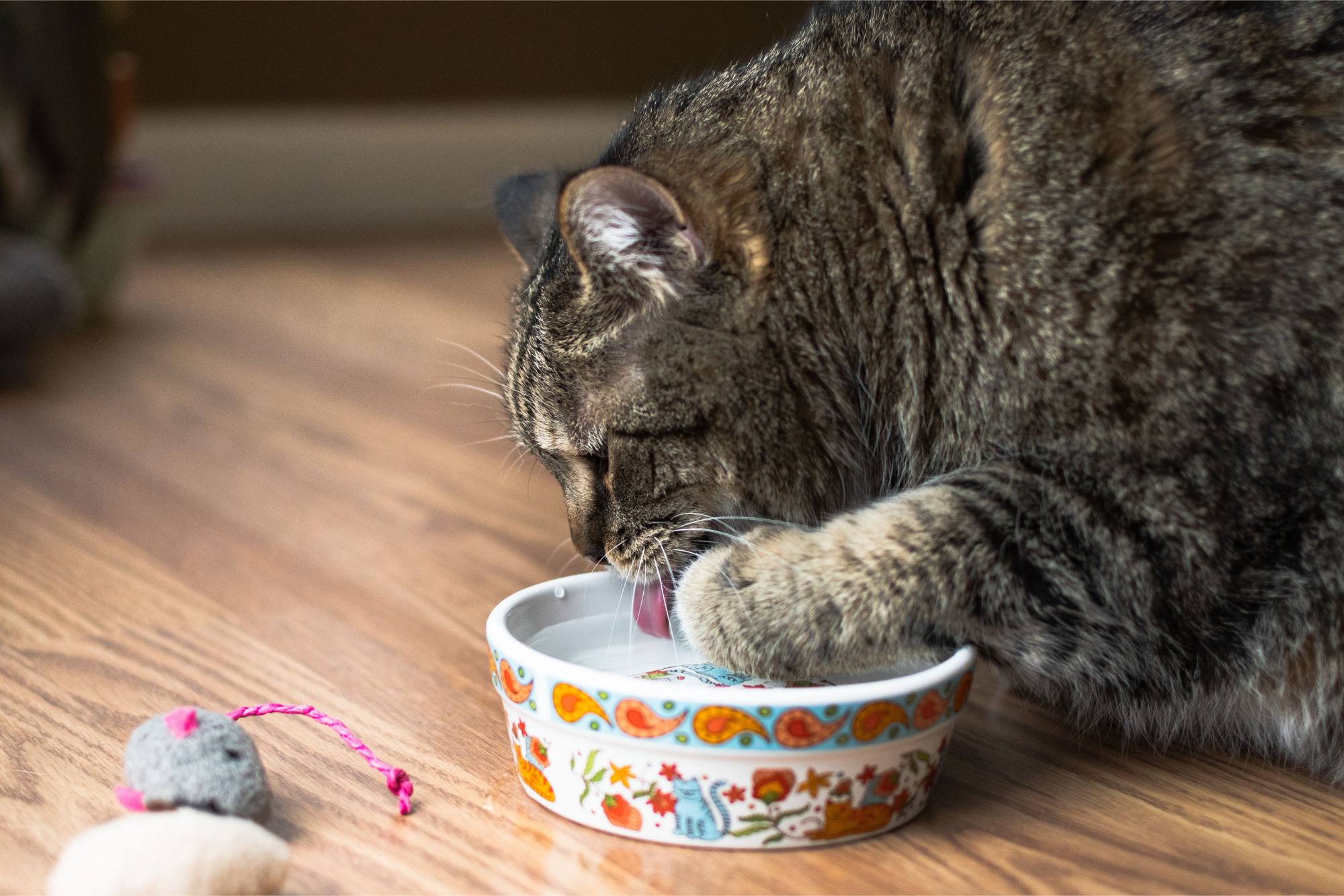
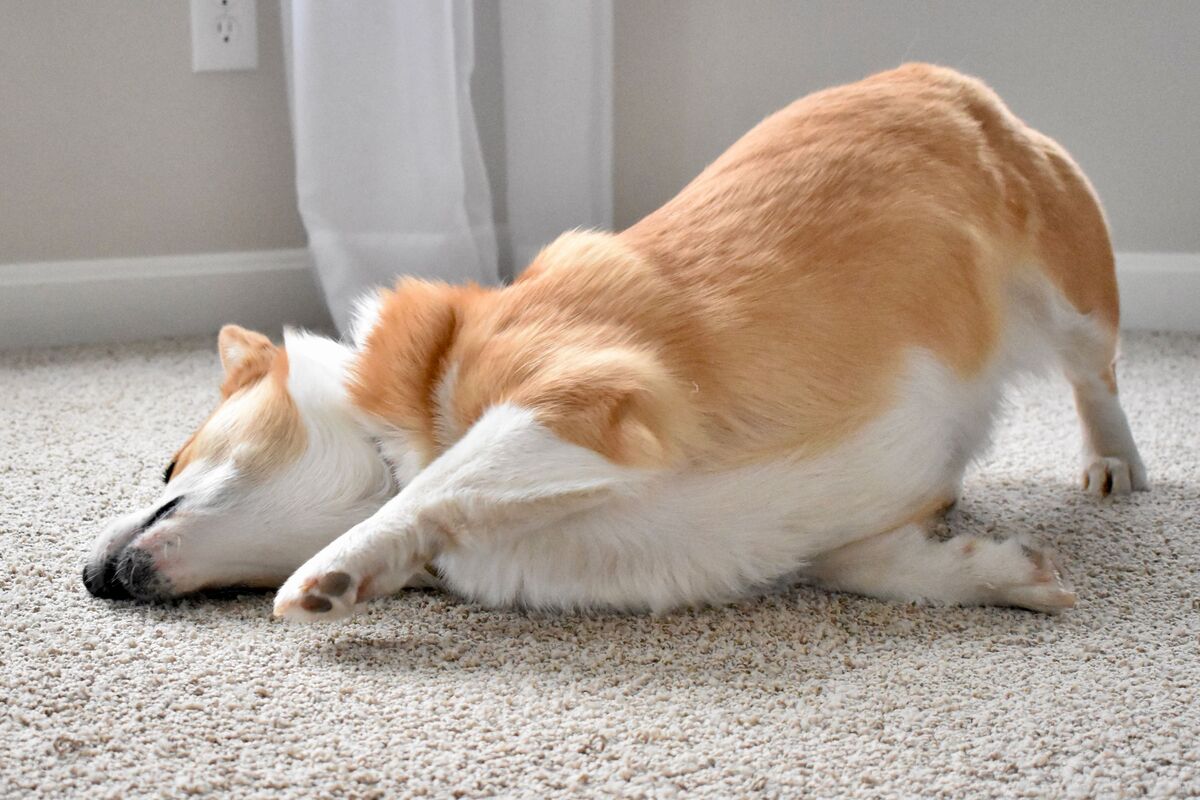

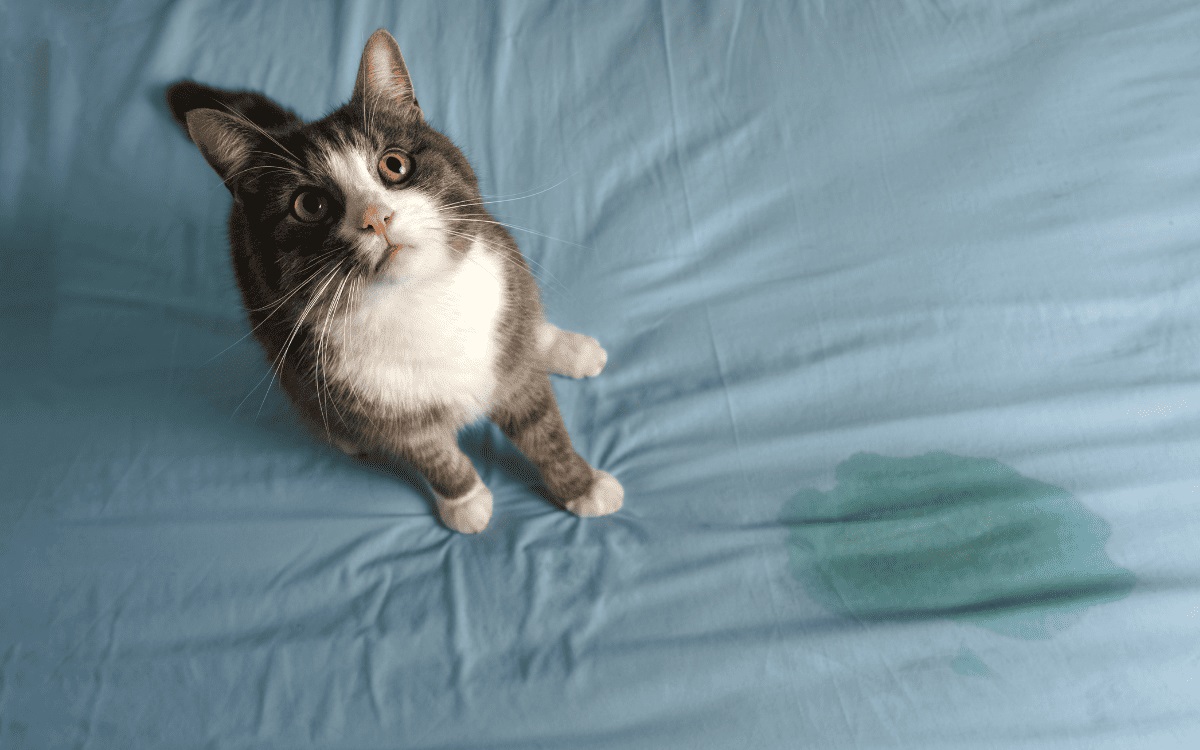
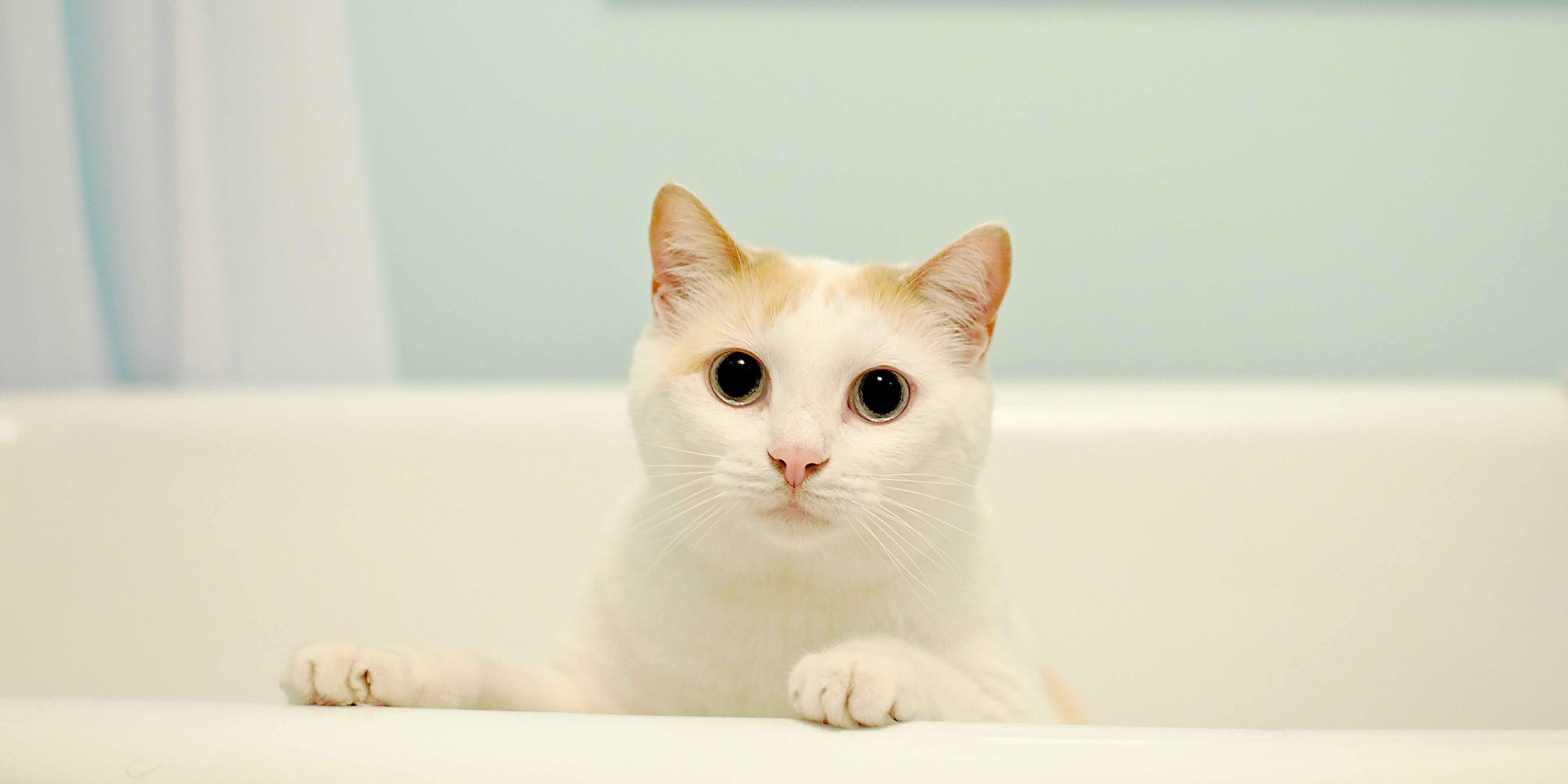
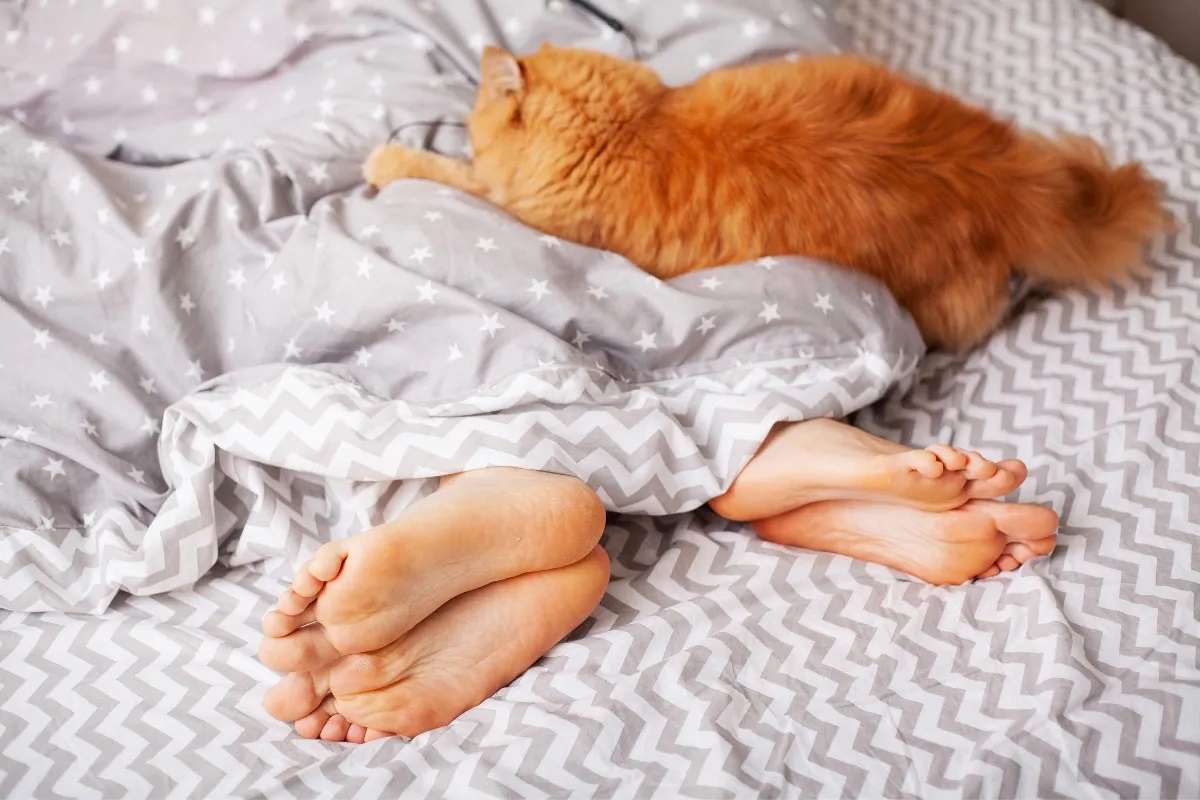
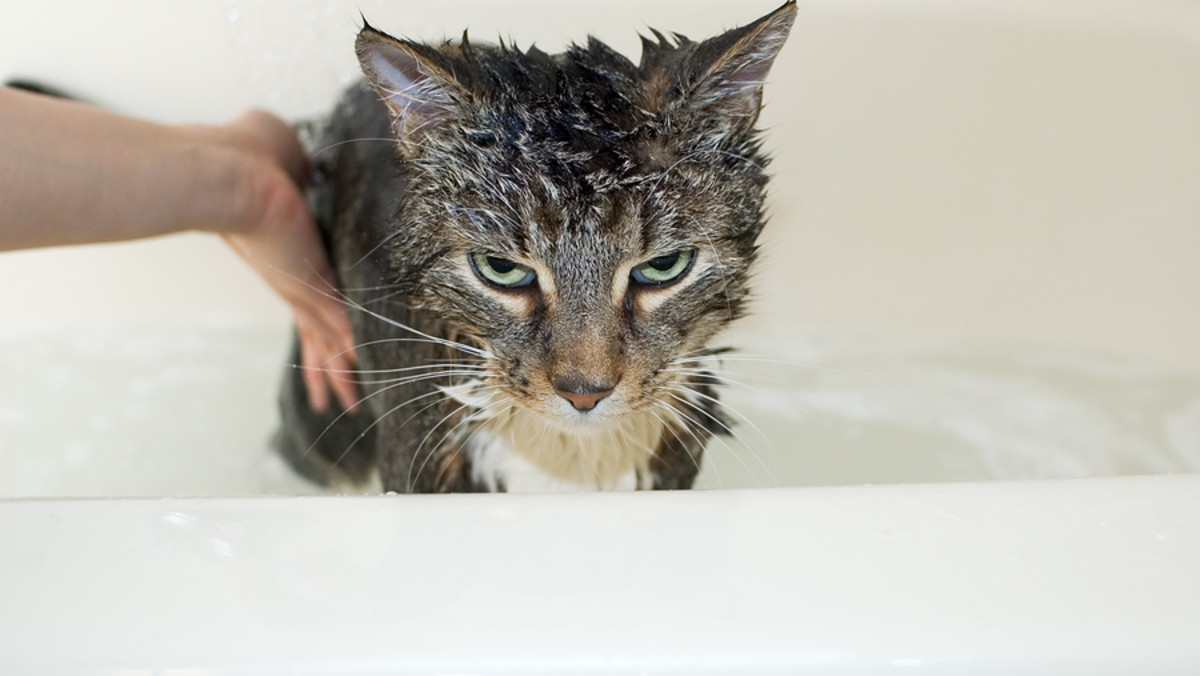
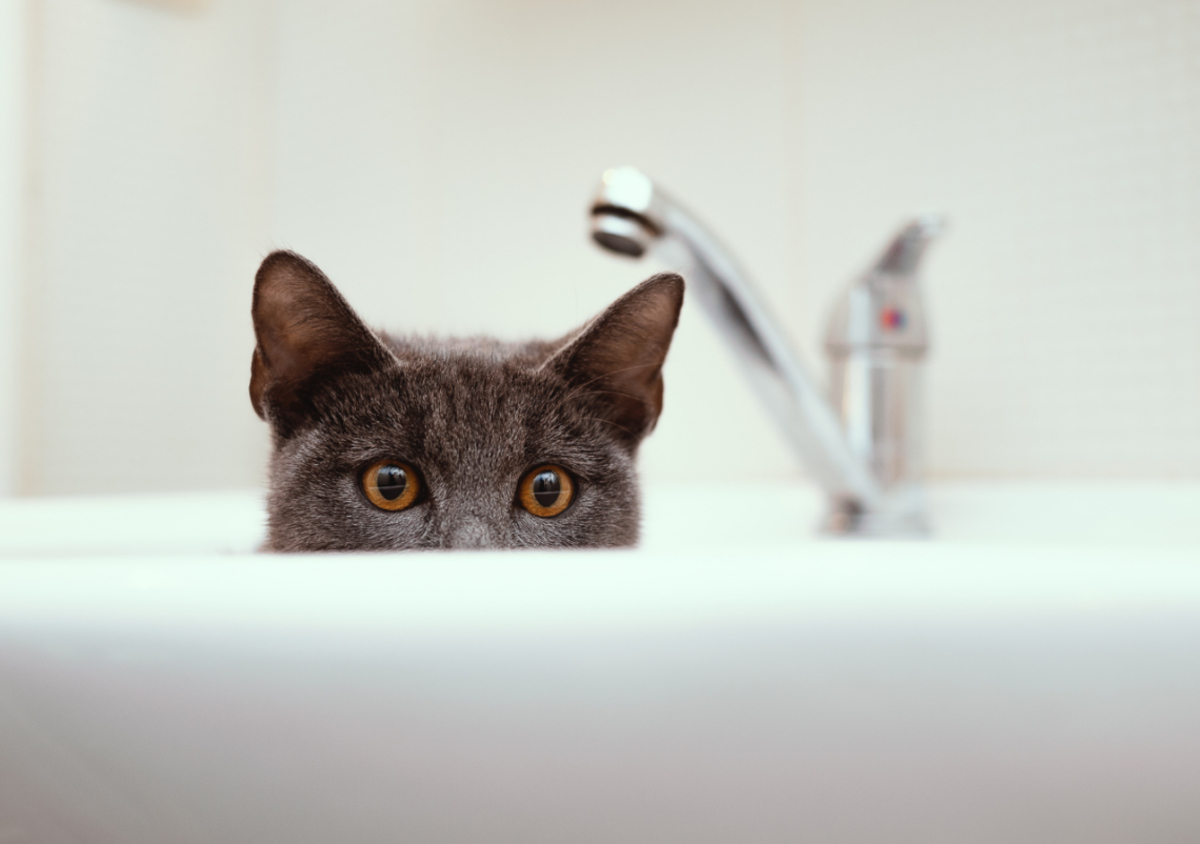
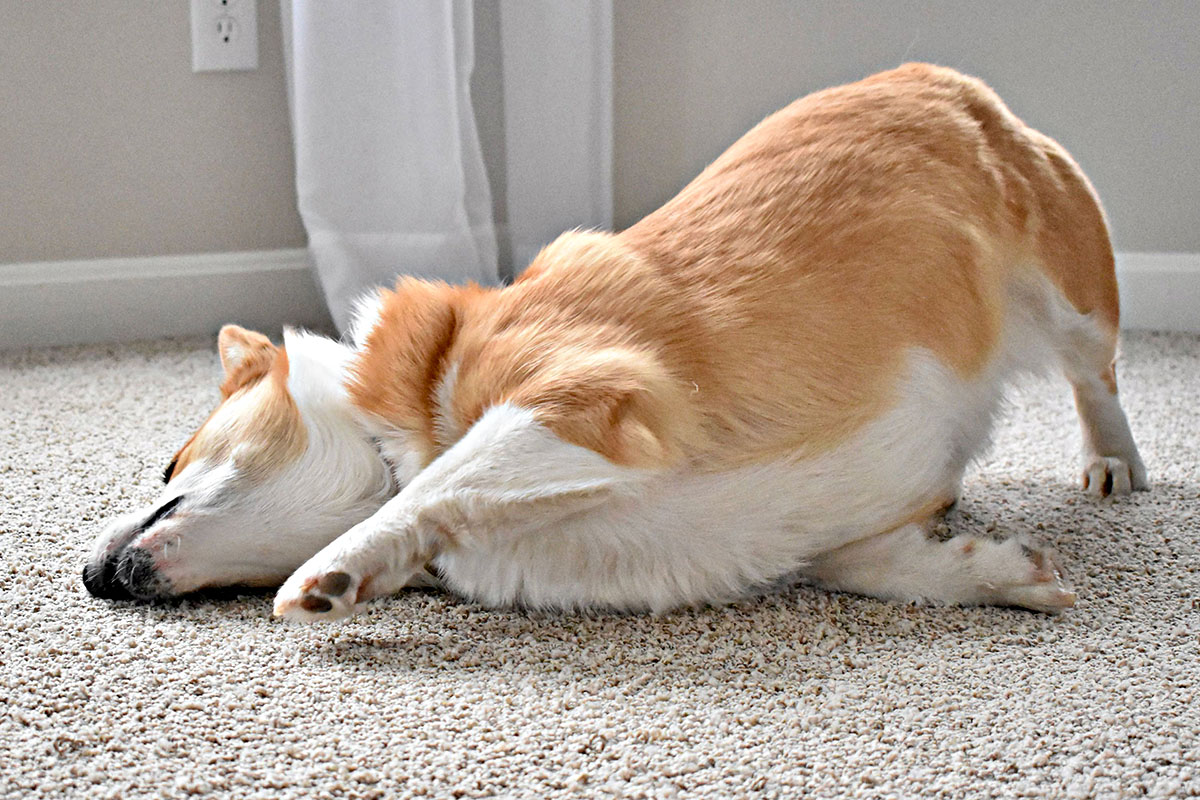
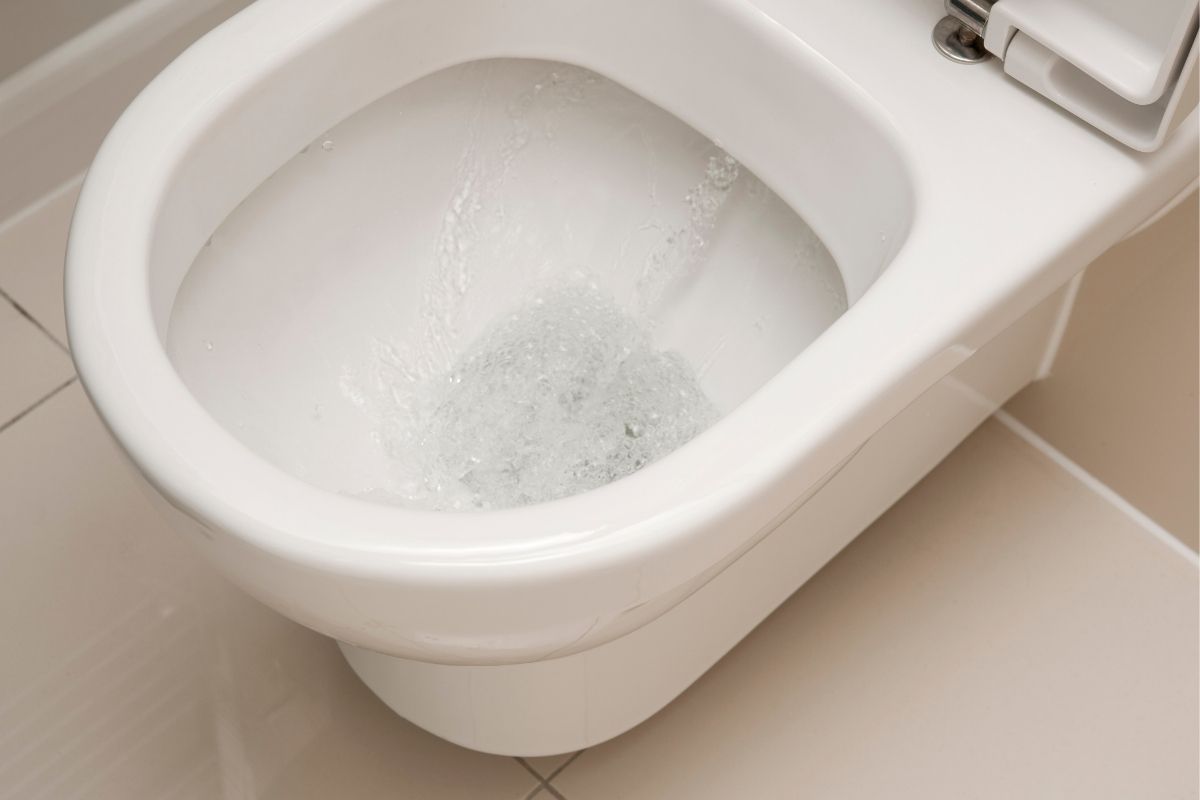
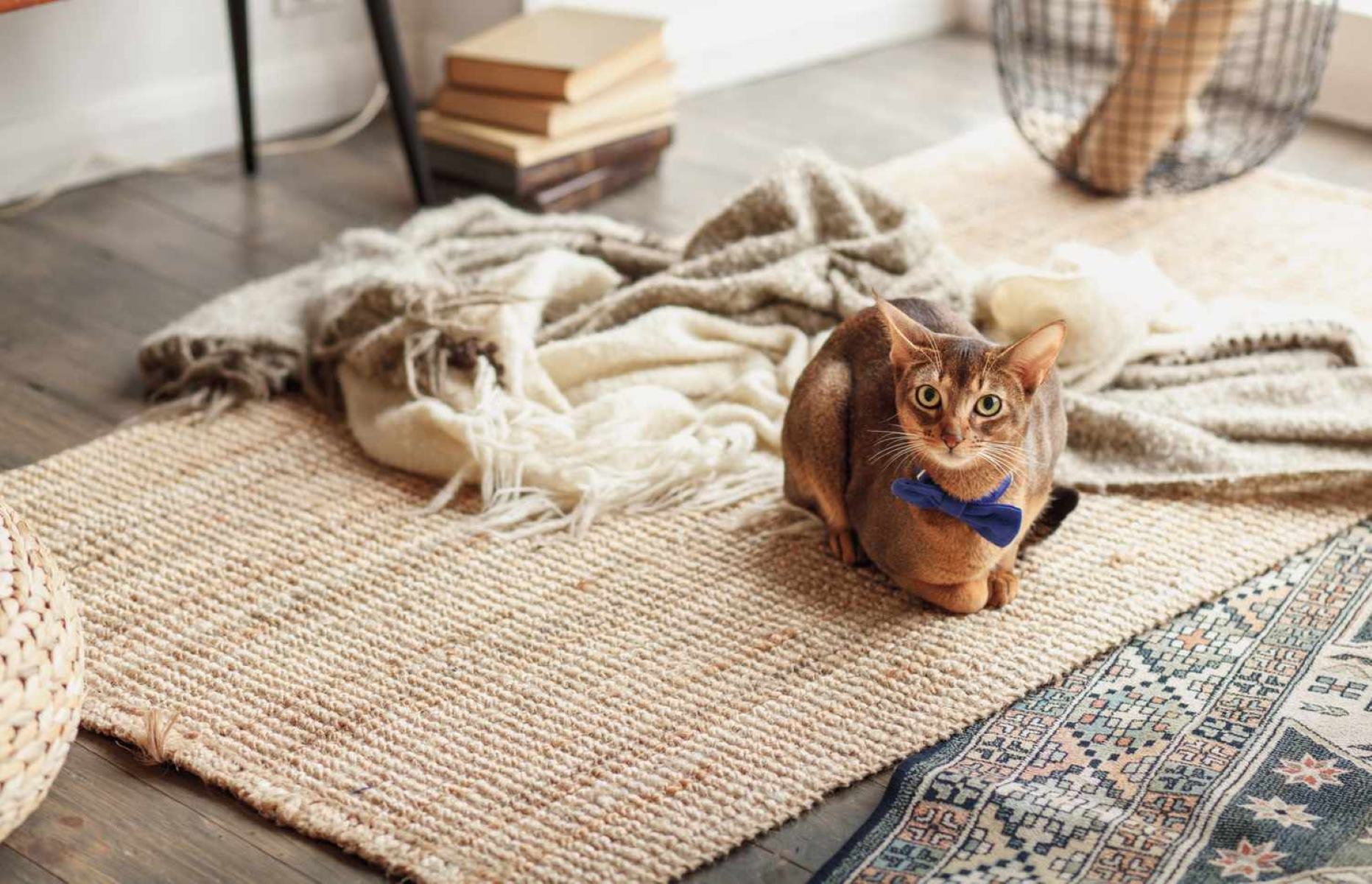
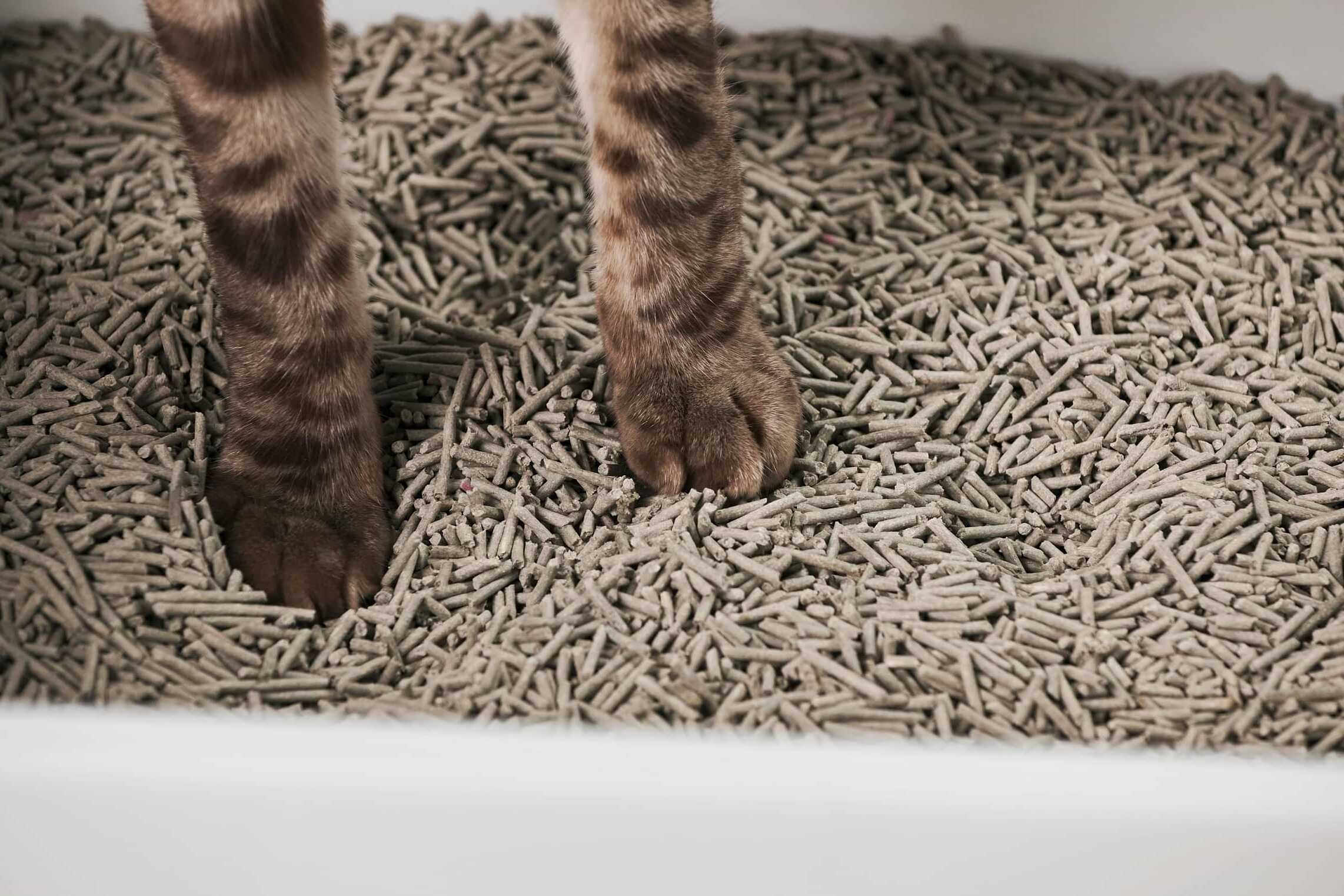

0 thoughts on “Why Does My Cat Rub His Face On Our Toilet Brush”